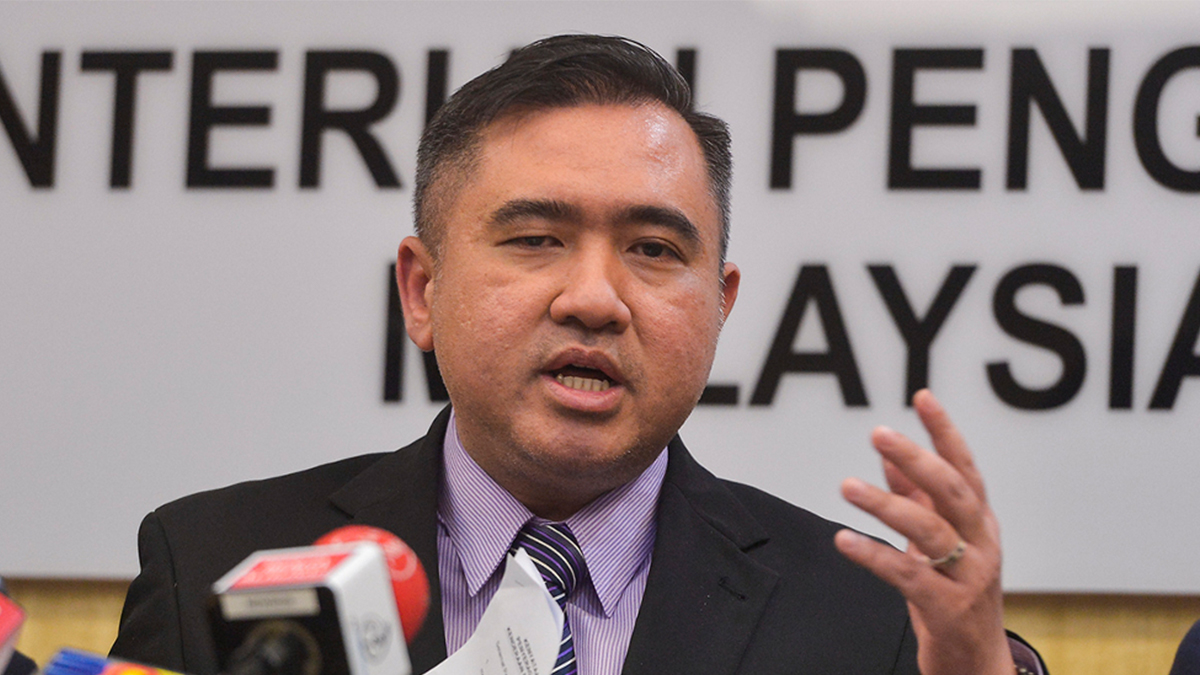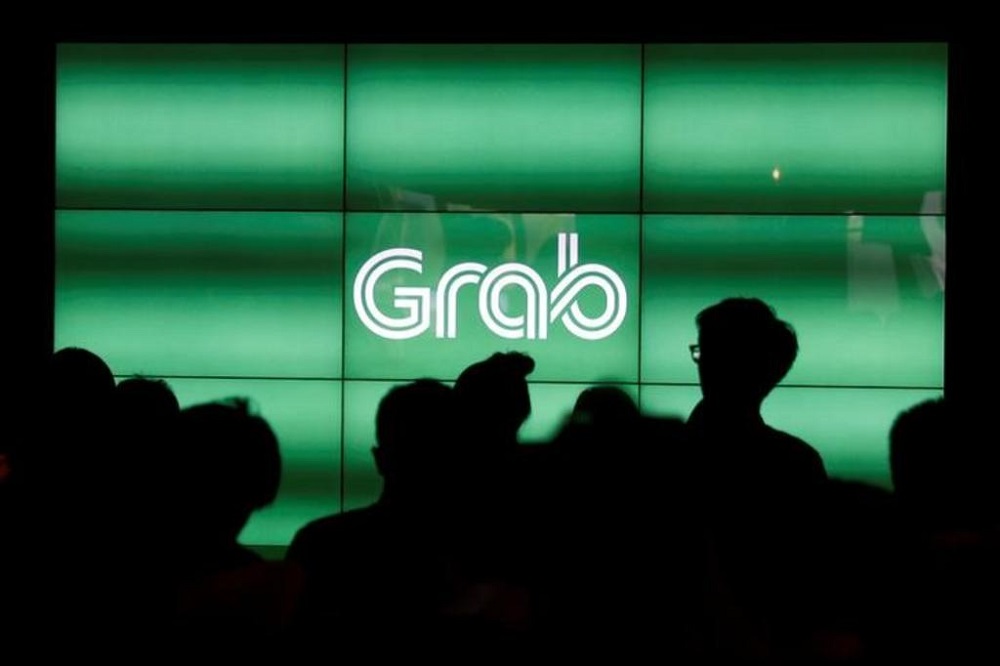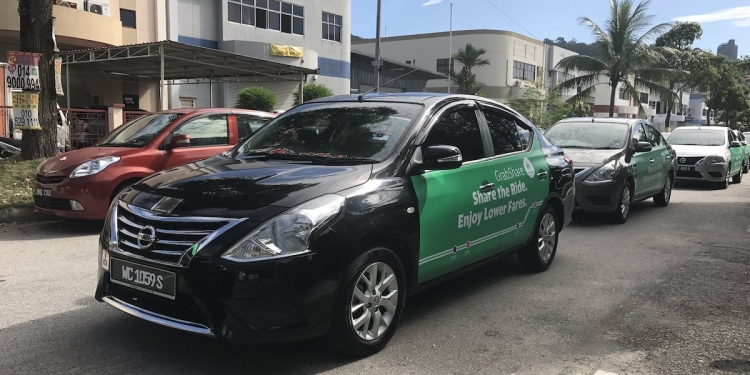If you’ve tried to use e-hailing services like Grab over the past few days or so, chances are that you’d have noticed that there appears to be less drivers on the road. Prices also appear to have increased due to an apparent shortage in drivers, and that’s down to the October 12 deadline for the enforcement of new e-hailing regulations that has just passed.
But there’s a startling lack of clarity as to what is actually required, and when these requirements need to be met. Transport Minister, Anthony Loke, said last week that enforcement will be done in stages, and that not every vehicle would be subject to changes—the minister made the point that authorities are not looking to disrupt the industry.

He further explained that physical copies of the e-hailing vehicle permit (eVP) were not required, with permits already electronically stored on the system. For the conversion of the vehicle category (to AH—e-hailing private vehicle), there is “no need for drivers or car owners to go to JPJ”, meanwhile.
But Malaysian E-hailing Drivers Association (MeHDA) President, Daryl Chong, says that that’s not what regulatory bodies are telling drivers.
“We have reconfirmed with APAD’s Taxi and E-hailing Unit, which told us that only drivers with both PSV and EVP are allowed on the road legally from Oct 12.”
And with the Road Transport Department (JPJ) Enforcement Division director, Khairul Anuar Bachok also saying last week that disciplinary action will be taken against drivers who aren’t compliant with the new rules, confusion is reigning supreme.
“The drivers are confused. Who should we listen to? The minister or the enforcement agencies?”
And to further muddy the situation even more, Anthony Loke said over the weekend that drivers would be granted leeway so long as they are taking steps to complete the regulatory processes.

Meanwhile, e-hailing company, Grab, tells us that only 41% of registered drivers have received their PSV licence, 7% have passed their exam and are awaiting their licences, and 17% have completed their PSV training but waiting for their exams.
We’ve reached out to MeHDA and Grab for more clarification on the matter, with a spokesperson from Grab saying, “[From] what we have understood[,] those who have passed exams are allowed to continue driving.”
For now, Chong advises e-hailing drivers:
“We can only advise our members to drive at their own risk now until they get their EVP.”
[ VIA , IMAGE SOURCE ]








